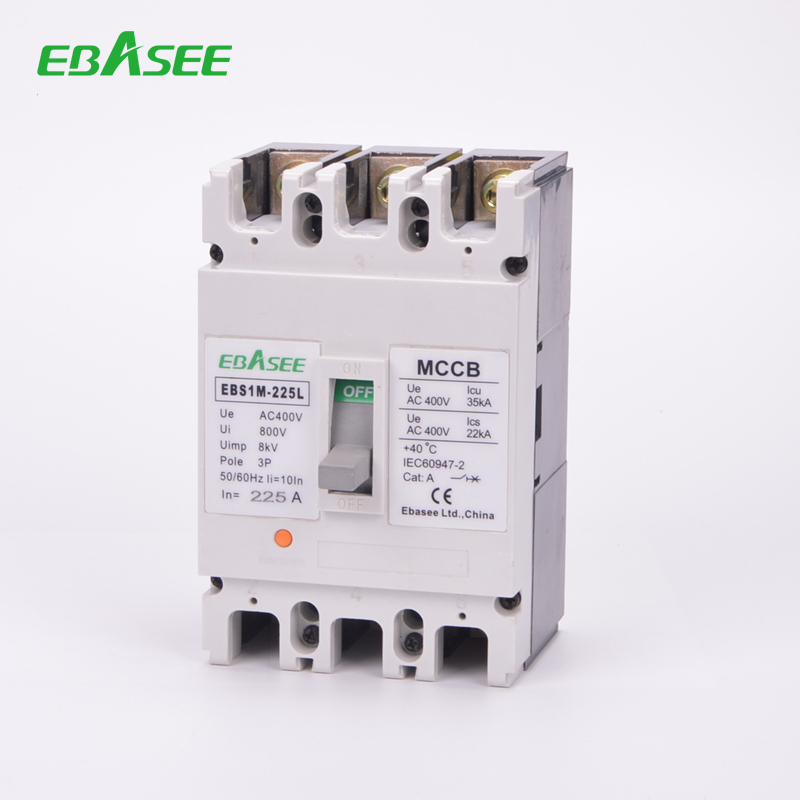MCCB origins
DATE:2018-01-02
An early form of circuit breaker was described by Thomas Edison in an 1879 patent application, although his commercial power distribution system used fuses.[1] Its purpose was to protect lighting circuit wiring from accidental short circuits and overloads. A modern miniature circuit breaker similar to the ones now in use was patented by Brown, Boveri & Cie in 1924. Hugo Stotz, an engineer who had sold his company to BBC, was credited as the inventor on DRP (Deutsches Reichspatent) 458392.Stotz's invention was the forerunner of the modern thermal-magnetic breaker commonly used in household load centers to this day.

Interconnection of multiple generator sources into an electrical grid required development of circuit breakers with increasing voltage ratings and increased ability to safely interrupt the increasing short-circuit currents produced by networks. Simple air-break manual switches produced hazardous arcs when interrupting high voltages; these gave way to oil-enclosed contacts, and various forms using directed flow of pressurized air, or of pressurized oil, to cool and interrupt the arc. By 1935, the specially constructed circuit breakers used at the Boulder Dam project use eight series breaks and pressurized oil flow to interrupt faults of up to 2,500 MVA, in three cycles of the AC power frequency.

